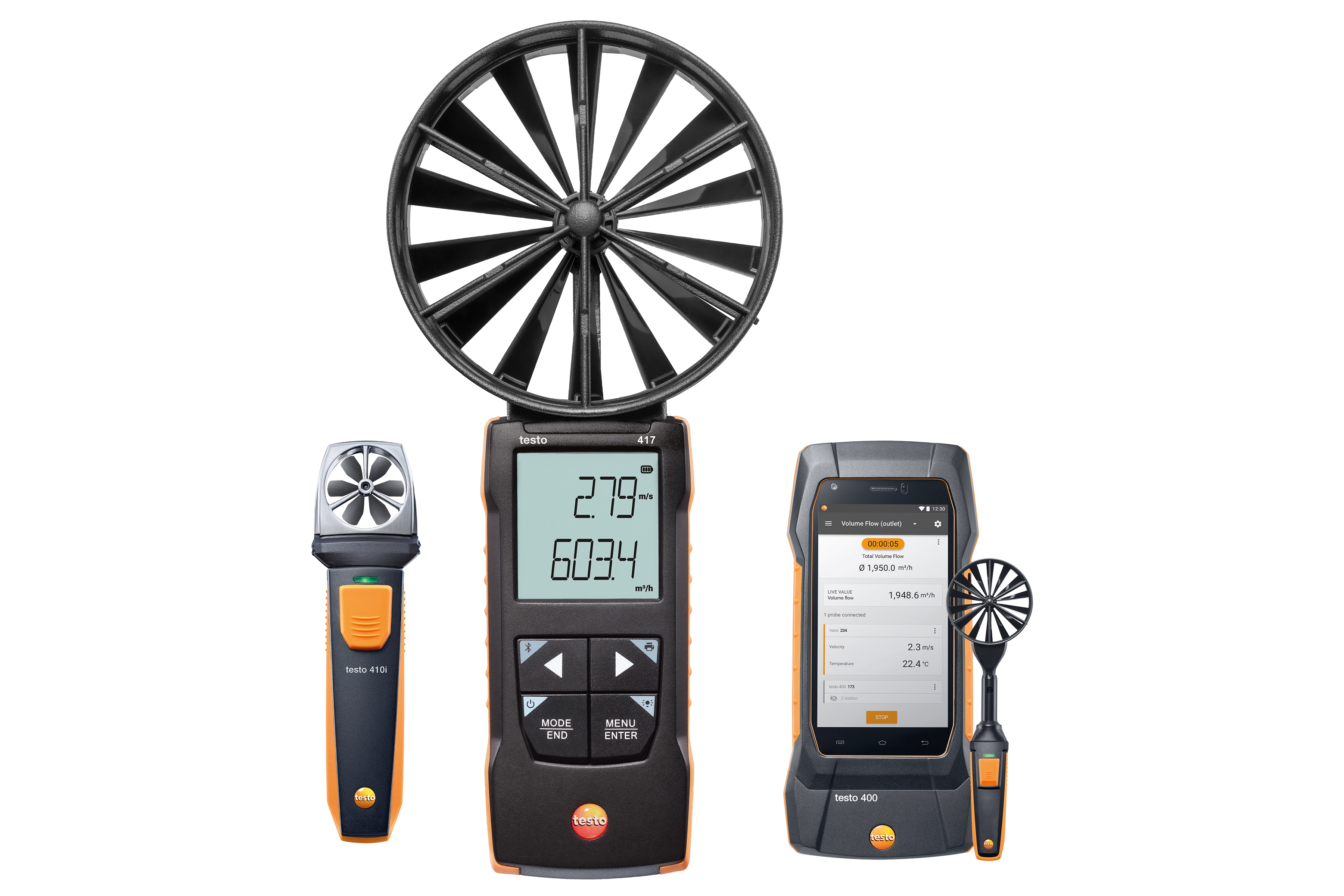How to Preserve and Look After Your Anemometer to Make Sure Longevity
How to Preserve and Look After Your Anemometer to Make Sure Longevity
Blog Article
All You Required to Learn About Anemometers: Just How They Work, Why They Issue, and Where to Utilize Them
Anemometers, though usually forgotten in the realm of clinical tools, play an important role in numerous fields, offering beneficial insights right into wind speed and air flow patterns. Understanding the auto mechanics behind these tools is essential for anybody seeking to harness the power of this information. From meteorologists tracking weather patterns to engineers making structures with wind lots in mind, the applications of anemometers are far-ranging and diverse. As we delve right into the intricacies of anemometer innovation, we will certainly uncover the inner functions of these tools, their significance, and the crucial factors to consider when selecting the best anemometer for certain applications.

Anemometer Basics
An important instrument made use of to gauge wind rate and direction, the anemometer plays a crucial duty in weather forecasting and numerous industries. An anemometer generally includes 3 or 4 cups that rotate in the wind, a vane that points into the wind, and sensing units to track the activities or turnings. By calculating the turnings or motions over a particular amount of time, the anemometer can establish wind speed. The vane helps figure out wind direction by aiming right into the wind, providing beneficial data for weather forecasting, air travel, maritime operations, ecological tracking, and wind energy applications.
There are numerous kinds of anemometers available, including cup anemometers, vane anemometers, hot-wire anemometers, and sonic anemometers, each with its special attributes and applications. Mug anemometers are commonly used for fundamental wind rate dimensions, while vane anemometers are favored for directional dimensions.
Concepts of Anemometer Procedure
Building on the foundational understanding of anemometer essentials, the principles of anemometer operation elucidate the technicians behind wind rate and direction measurements. Mug anemometers, for instance, have 3 or more cups that record the wind, triggering them to spin quicker as the wind speed increases. Hot-wire anemometers count on a heated cord that cools down as wind passes over it, with the rate of cooling establishing the wind speed.
Value of Anemometers
Anemometers play an essential function in measuring wind speed and instructions, supplying necessary information for climate projecting, climate researches, ecological tracking, and air travel procedures. Meteorologists depend on anemometers to gather accurate wind data, aiding them understand weather patterns, anticipate storms, and issue prompt cautions to my response the public. Wind ranch operators utilize anemometers to assess wind conditions and make best use of electricity manufacturing from wind turbines.
Applications Throughout Numerous Industries
Applications of anemometers span throughout varied industries, showcasing their versatility and energy beyond meteorology. In the eco-friendly power sector, anemometers play a critical duty in examining wind conditions for wind ranch positionings, making certain optimal power production. Industries like building Check This Out and mining utilize anemometers to keep an eye on wind rates, important for safety procedures, specifically when working at elevations or in open-pit mines where solid winds can position hazards. Anemometers are likewise indispensable in the aviation market, assisting pilots in understanding airspeed and wind direction for secure liftoffs and landings. The maritime industry gain from anemometers for ship navigating, helping seafarers prepare for weather modifications and readjust courses accordingly. In agriculture, anemometers help farmers in taking care of plant splashing by providing real-time data on wind speed to stay clear of drift. Anemometers discover applications in Cooling and heating systems to maximize airflow and enhance energy efficiency in buildings. The diverse use cases of anemometers underscore their significance across different markets, highlighting their crucial duty in boosting functional safety and security and performance (anemometer).

Selecting the Right Anemometer for Your Demands
For general purposes, a mug anemometer is ideal for determining wind speed, while a vane anemometer provides wind instructions information. Hot-wire anemometers are suitable for reduced airspeed measurements, and ultrasonic anemometers offer high precision and longevity.

Conclusion
In final thought, anemometers play a critical role in determining wind rate and direction across different sectors. It is important to think about the value of anemometers in order to make informed decisions when selecting the most appropriate tool for measuring wind conditions.
There are different kinds of anemometers readily available, including cup anemometers, vane anemometers, hot-wire anemometers, and sonic anemometers, each with its special attributes and applications. Mug anemometers are commonly used for fundamental wind speed measurements, while vane anemometers are liked for directional dimensions. Hot-wire anemometers are appropriate for reduced airspeeds, and sonic anemometers are ideal for high-precision dimensions in research and commercial setups.Building on the foundational understanding of anemometer basics, the principles of anemometer operation elucidate the mechanics behind wind speed and direction measurements. For general purposes, a cup anemometer is suitable for measuring wind rate, check this site out while a vane anemometer gives wind instructions information.
Report this page